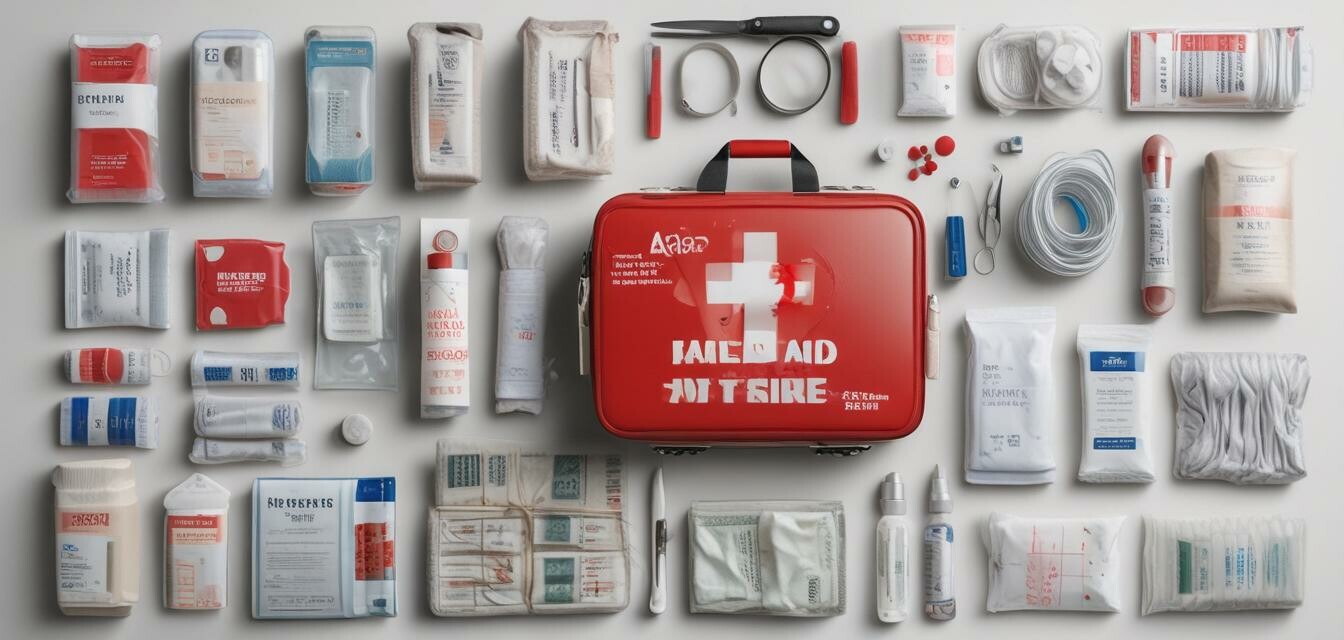
DIY Survival Kits
Key Takeaways
- Personalized survival kits enhance preparedness for emergencies.
- Essential items include food, water, tools, and first aid supplies.
- Organizing your kit can save time and stress during emergencies.
- Regularly review and update your survival kit to ensure all supplies are usable.
Creating a personalized survival kit at home can be an empowering experience. Whether you're preparing for natural disasters, outdoor adventures, or unforeseen emergencies, a well-thought-out survival kit can make all the difference. This comprehensive guide will help you understand the essentials of building your own survival kit, ensuring you're ready when the unexpected occurs.
Why Create a DIY Survival Kit?
There are several reasons why assembling a DIY survival kit is a smart choice. Here are some key benefits:
- Tailored to your specific needs and environment.
- Cost-effective compared to pre-packaged kits.
- Empowers you to take control of your safety and preparedness.
Essential Components of a DIY Survival Kit
When creating your survival kit, consider including the following essential components:
| Category | Items | Purpose |
|---|---|---|
| Food Supplies | Non-perishable food, energy bars, MREs | To provide sustenance in emergencies |
| Water | Water bottles, purification tablets | To ensure hydration |
| First Aid | Bandages, antiseptics, pain relievers | To treat injuries |
| Tools | Multi-tool, flashlight, whistle | For various emergency tasks |
| Navigation | Map, compass | To help find your way |
How to Assemble Your Survival Kit
Assembling your survival kit is an important step. Here’s a simple guide to help you get started:
- Choose a durable and waterproof container.
- Gather all the essential supplies listed above.
- Organize items into categories for easy access.
- Label your kit for quick identification.
- Store your kit in a location that’s easy to reach.
Food Supplies
Emergency food supplies are critical for survival. Here are some suggested items:
- Freeze-dried meals
- Canned goods
- Protein bars

Water Filtration
Access to clean water is essential. Consider including:
- Water purification tablets
- Portable water filters

First Aid Kits
No survival kit is complete without a first aid kit. Important items include:
- Adhesive bandages
- Antiseptic wipes
- Gauze and tape
Organizing Your Survival Kit
Organization is key when it comes to survival kits. Here are some tips on how to keep your kit organized:
Tips for Organization
- Use small, waterproof bags to group similar items.
- Keep a checklist of contents and update it regularly.
- Place frequently used items at the top for easy access.
Regular Maintenance of Your Kit
Once your survival kit is assembled, it's important to maintain it:
- Check expiration dates of food and supplies every six months.
- Replace used items immediately.
- Keep your kit in a cool, dry place.
Storing Your DIY Survival Kit
Proper storage is crucial for the longevity of your survival kit. Consider the following:
- Keep the kit in a location that’s easily accessible.
- Avoid areas with extreme temperatures.
- Consider using a safe or locked container if necessary.
Conclusion
Creating a DIY survival kit is a proactive approach to emergency preparedness. By personalizing your kit, you ensure that you have the essential supplies tailored to your needs. Regular maintenance and organization will keep your kit ready for any situation. Start building your own survival kit today and empower yourself to face the unexpected with confidence.
Pros
- Customized to fit personal needs and preferences.
- Potentially cost-effective compared to store-bought kits.
- Encourages self-sufficiency and preparedness.
Cons
- Time-consuming to gather and assemble supplies.
- Requires regular maintenance and updates.
- May lack professional-grade materials found in commercial kits.
For more information on survival supplies, check out our categories:









